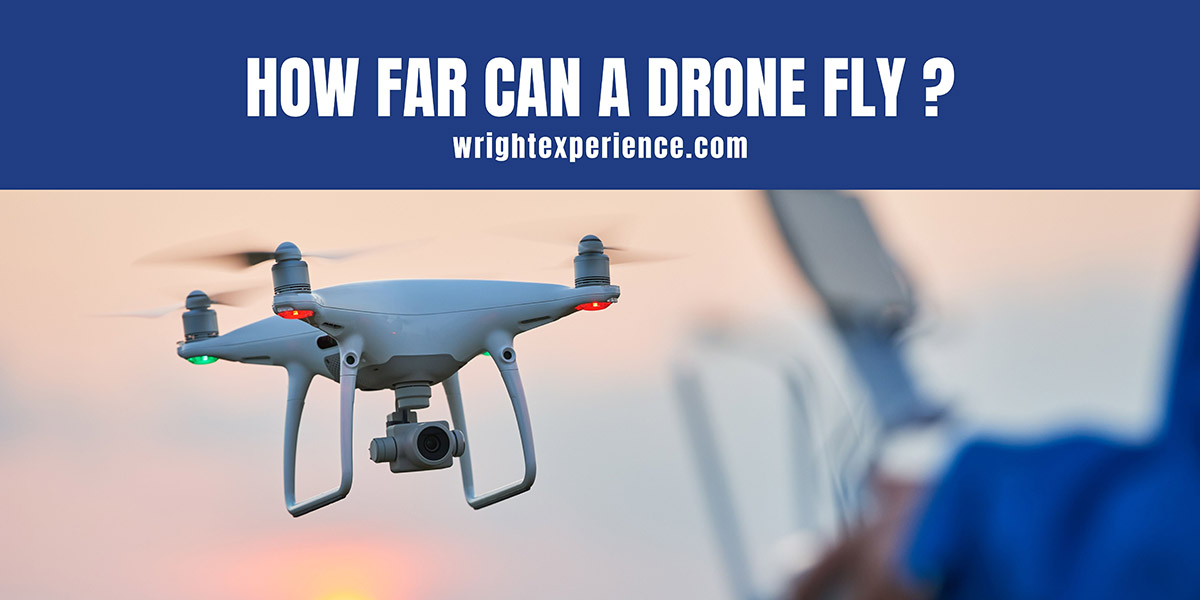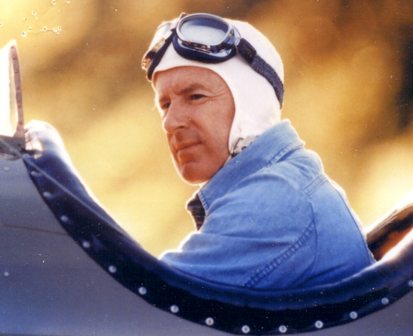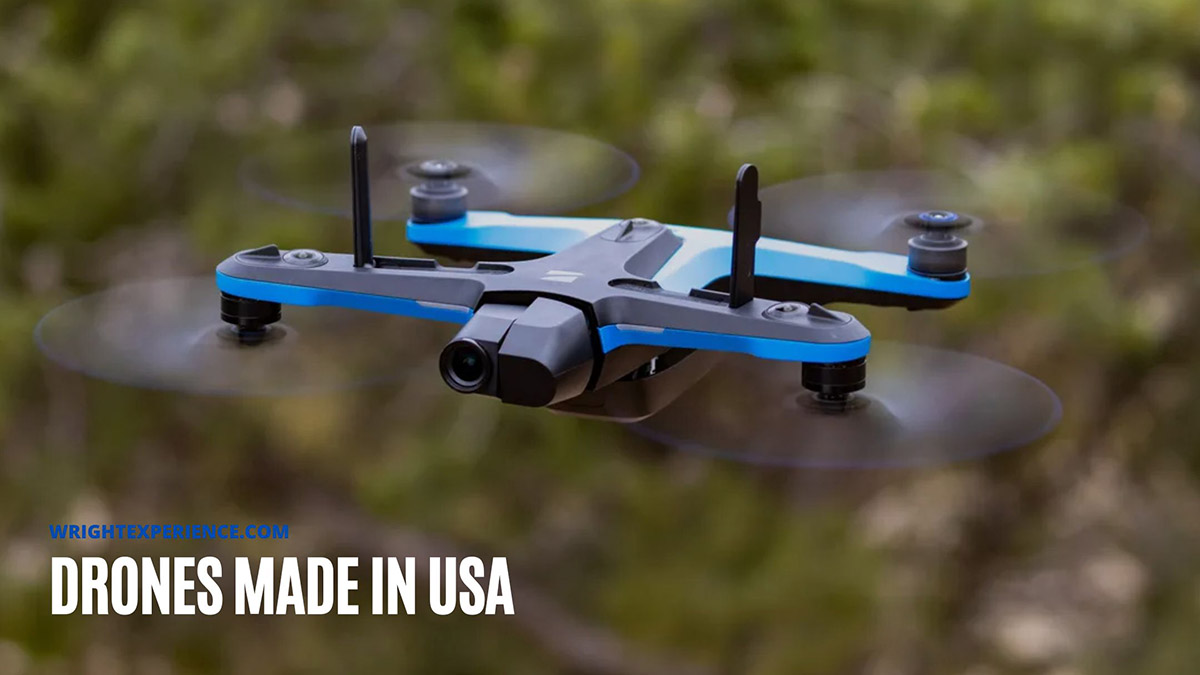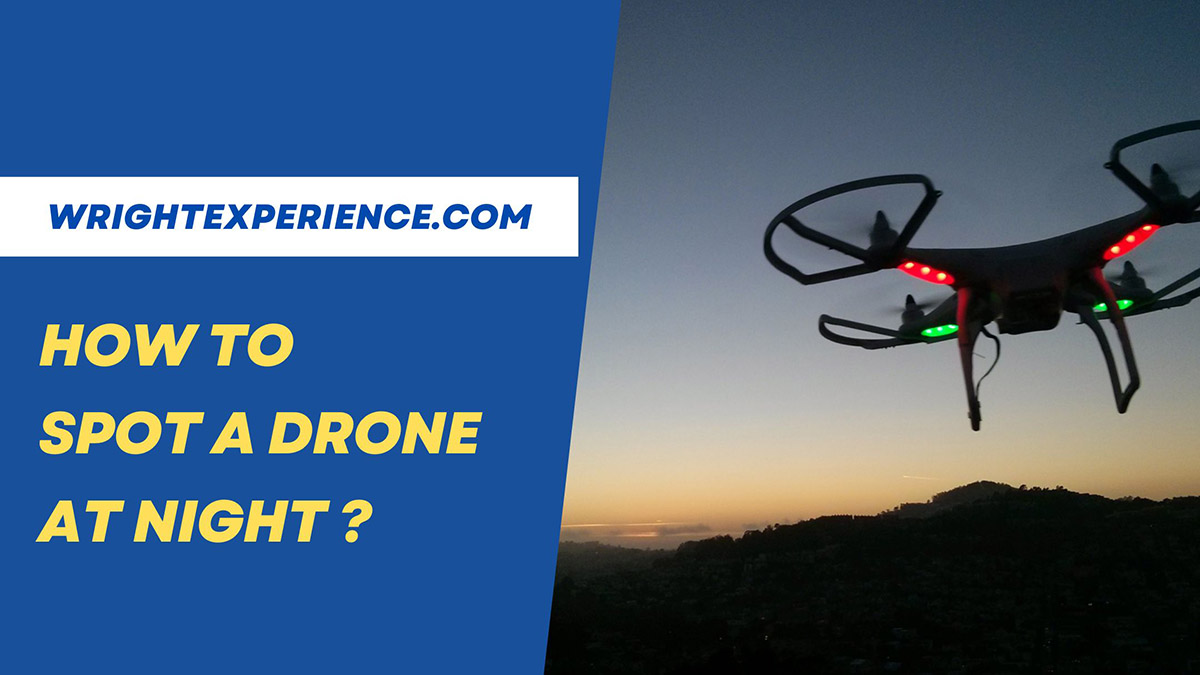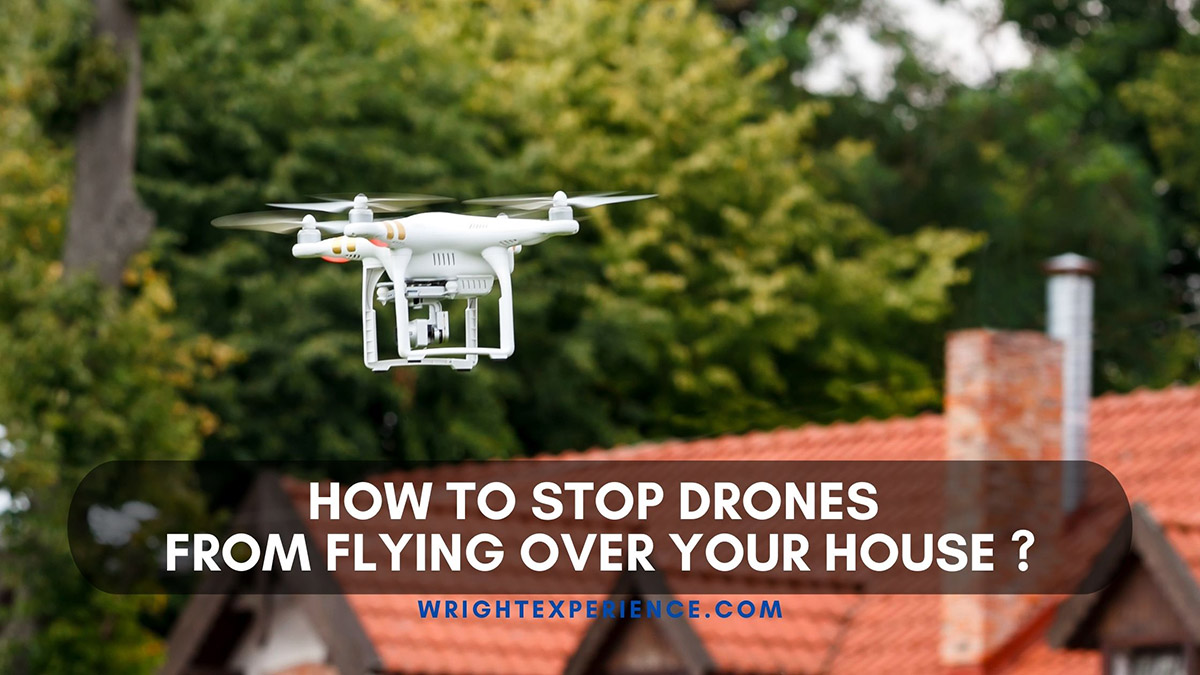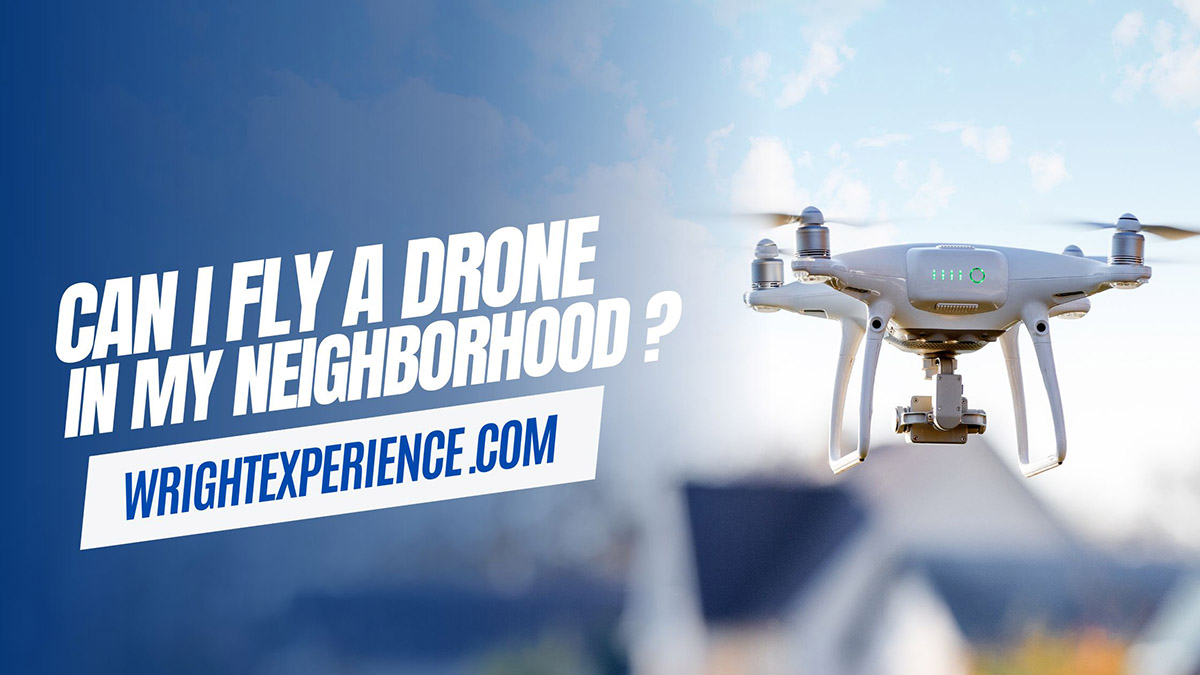Consumer drones, now used by millions worldwide, are fun and versatile tools for many purposes. Remote controllers can fly them manually or program them to follow pre-programmed flight plans.
Drone flight range is an essential factor to consider when evaluating the quality of a drone. Learn more about how far drones can travel here!
In this article:
How Far Can A Drone Fly From The Controller?
A small, lightweight consumer drone with a small battery might only have a dynamic range of 1-2 miles. A large, heavy-duty one with a large battery might range from 10 to 20 miles. However, the range can vary depending on many factors, like drone types, designs, and weather.
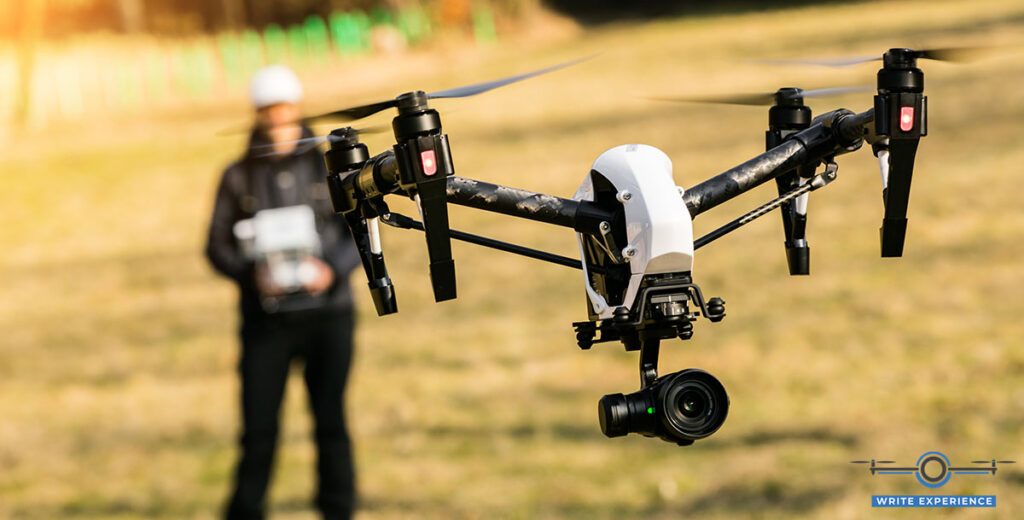
Drone Type
Multirotor drones have more rotors and other appendages than fixed-wing drones, which creates more drag. As a result, multirotor drones need to use more energy to fly, which reduces their flight range. They are also heavier than fixed-wing drones because they need to carry more batteries and other components.
GPS drones can fly further, about 20 miles, and more accurately than drones without GPS. Still, the signal strength can be affected by terrain and weather, reducing the range of drones.
Also, a military drone can fly further. Take the General Atomics MQ-9 Reaper, for example. According to our knowledge, it can fly as far as 1,150 miles, equivalent to 27 hours of operation.
Battery Capacity
The battery capacity determines how much energy a drone can store. In ideal conditions, a drone with a large battery can fly twice or three times as far as a drone with a smaller power source.
Payload Weight
The payload weight includes the drone, the battery, the camera, and other accessories. Larger drones require more energy to fly, thereby shortening the flight time.
Weather Conditions
Weather can significantly impact drone flight range. Wind resistance increases with wind speed, so flying in windy conditions consumes more battery power. Rain can add weight to the drone and increase wind resistance, reducing flight range. Cold temperatures can also dampen battery performance and flight range.
Flying Styles
Aggressive flying, such as racing and freestyle, shortens the flight time and wastes more energy. More experienced drone pilots can fly more efficiently and get the most out of the drone’s battery life.
What Does Flight Range Tell About Drones?
The maximum range that drones can achieve tells us a lot about flight capabilities and limitations. We’ll know how long it can stay in the air and what types of tasks it can be used for.
A drone with a short flight range can only be used to perform tasks that are close to its base station, while long flight range drones can be used to perform tasks like:
- Delivery. This is because they can fly long distances to deliver packages to remote areas.
- Inspection and monitoring. Drones can fly over enormous expanses of land, inspecting infrastructure, monitoring wildlife, and searching for missing individuals.
- Surveillance, mapping, and surveying. They can fly over large areas of land to collect data and intelligence or to create detailed maps and surveys.
- Research. Here at The Wright Experience, we usually use drones for this purpose since they can go to inaccessible areas to collect data and samples.
How To Extend Drone Flight Range?
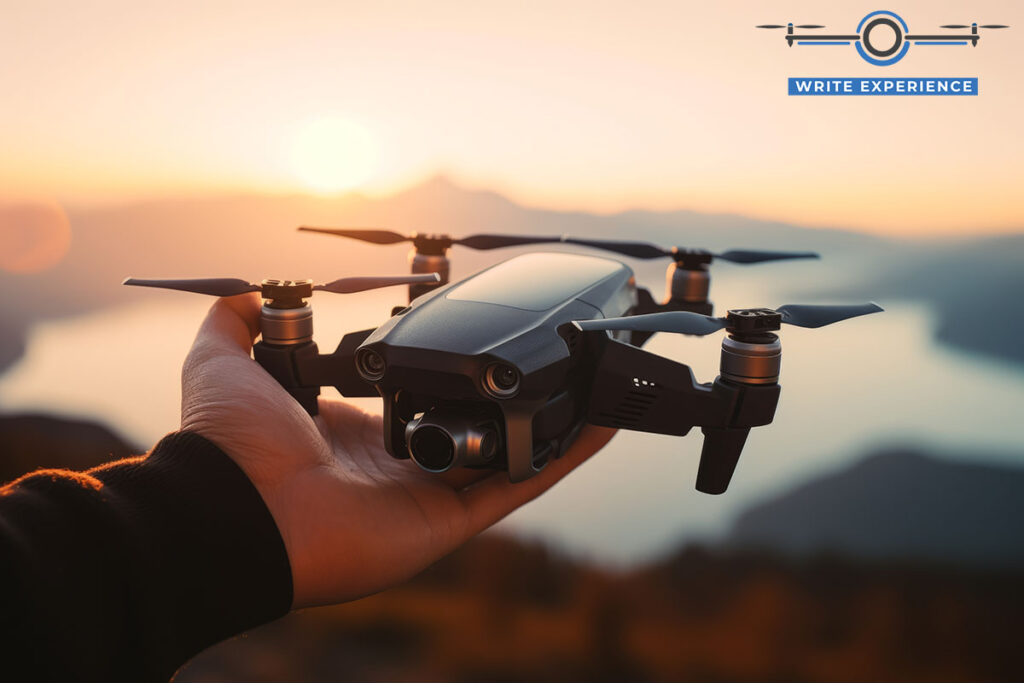
Upgrade Battery Performance
One of the best ways to extend your flight range is to upgrade your drone battery. Several aftermarket batteries offer longer flight times than the OE ones.
We usually go for the Amprius Lithium-ion battery, which is designed for drones and provides longer flight times than other lithium-ion models.
Use A Drone Range Extender
A range extender is a device that amplifies the signal between your drone and its remote controller, allowing you to fly your drone further away from you without losing connection.
The most popular DJI Range Extender can extend the flight range by up to 4 miles, giving you the freedom to explore and capture footage from further away.
Fly In A Tailwind
When you fly in a tailwind, the wind helps push it forward, saving you battery power and allowing you to face the least air pressure.
We had an experiment with a drone with a maximum flight time of 20 minutes. When operating in a headwind, we could only fly it for about 17-18 minutes. But once we flew our drone in a tailwind, it ended up with 3 minutes more in the sky.
Reduce Weight
The lighter your drone is, the longer it will fly. You can reduce your drone’s weight by removing unnecessary accessories, such as video transmission devices or landing gears.
Fly In A Cool Environment
Check the weather forecast before you fly. Drones fly better in cool environments than in hot ones, which can cause the battery to overheat. If you need to fly on a hot day, try to fly in the morning or evening when the temperatures are getting cooler.
Use A Solar Panel
Solar panel chargers can recharge your battery while flying, allowing you to fly longer without having to land. Be sure to position it so that it is getting direct sunlight or the charger can’t recharge your drone’s battery.
FAQs
What If My Drone Flies Out Of Range?
In this case, some GPS-installed drones will automatically return to their home point. Otherwise, they might hover mid-air or land somewhere. We recommend keeping it within the distance limit for safety and optimal performance.
Are There Any Regulations On Flying Long-Range Drones?
Yes, there are drone regulations on flying long-range drones. In general, most countries require drone pilots to fly their drones within their visual line of sight (VLOS).
In the United States, the Federal Aviation Administration (FAA) requires a Remote Pilot Certificate to fly drones beyond VLOS. The FAA also requires pilots to fly their drones below 400 feet above ground level and stay away from airports and other restricted spaces.
What Are Some Ethical Considerations For Using Long-Range Drones?
Autonomously long-range drones are in development, raising ethical questions, such as how to ensure their safety features and drone laws.
Privacy and surveillance: One of the ethical concerns surrounding long-range drones is the use of advanced features, such as high-resolution cameras, to track and record people without their knowledge or consent.
Safety and security: People can take advantage of drones to deliver weapons, explosives, and other dangerous materials or to interfere with critical infrastructure such as power grids and communication networks.
Accountability and transparency: The covert use of long-range drones makes it difficult to track and monitor and even more difficult to hold those responsible accountable for their actions.
Conclusion
The maximum distance a drone can fly before it goes rogue depends on many factors, including the model, specifications, and the environment in which it is flying. However, even the most expensive models can be susceptible to hacking and other forms of interference.
Drone operators should be prepared to take immediate action if they see any signs of their drone going rogue, such as unexpected changes in direction or altitude.
See more:

